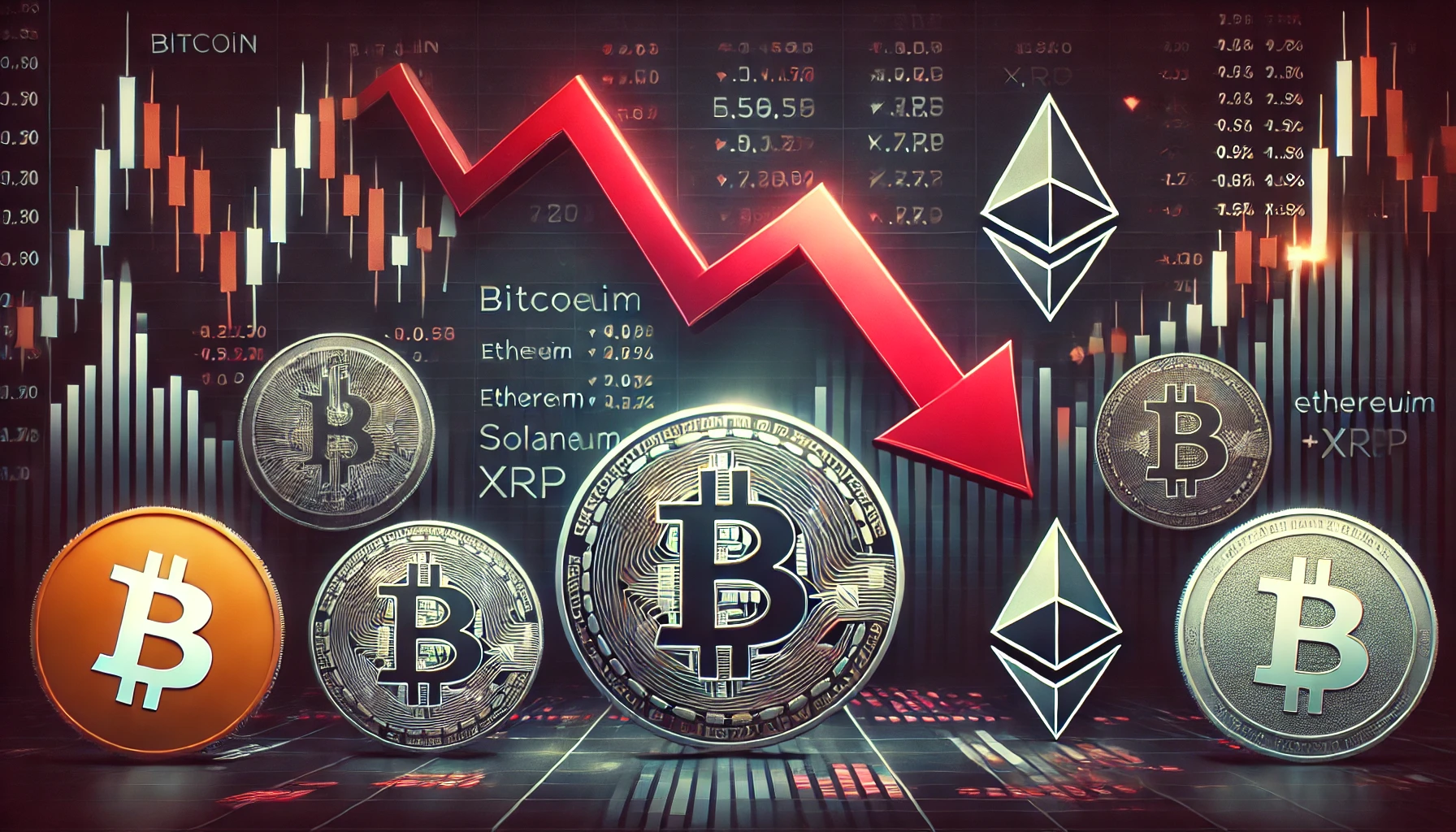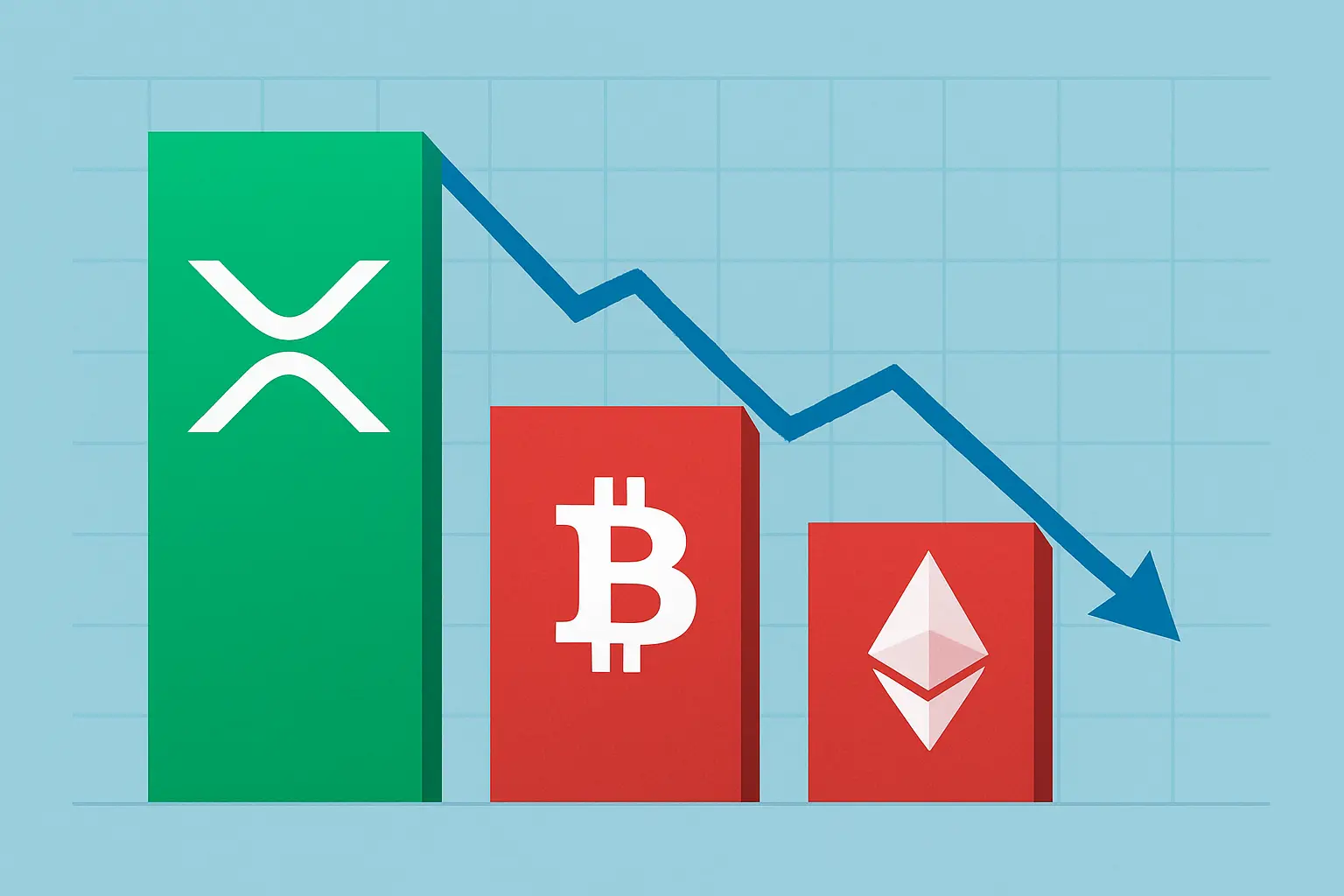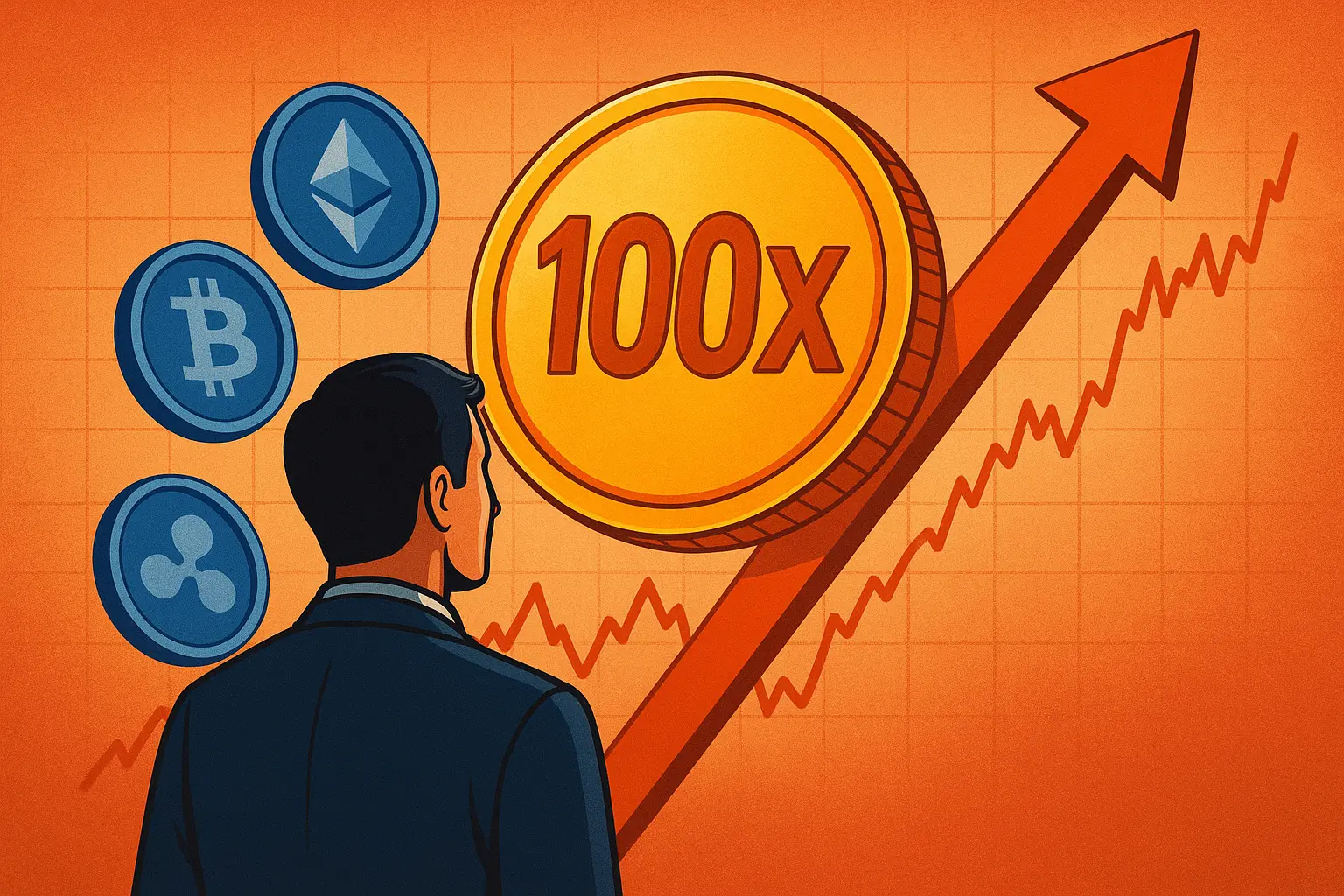Altcoin News
Altcoin Season On Hold? What Bitcoin’s Latest Plunge Means For Alt Prices

Introduction
Bitcoin, the leading cryptocurrency, has always been a significant indicator of the broader crypto market’s health. Its price movements often dictate the sentiment and trends within the altcoin market. Recently, Bitcoin experienced a substantial plunge, causing widespread concern among investors and analysts about the immediate and long-term impacts on altcoin prices. This article examines the repercussions of Bitcoin’s decline on altcoins and the potential delay of the eagerly anticipated altcoin season.
Bitcoin’s Recent Plunge: An Overview
Bitcoin’s price fell sharply from its previous highs, experiencing a drop that alarmed investors globally. Several factors contributed to this decline, including regulatory pressures, macroeconomic concerns, and significant liquidations in the derivatives markets. The drop not only affected Bitcoin holders but also sent shockwaves through the entire cryptocurrency market.
Immediate Impact On Altcoins
Altcoins, which are cryptocurrencies other than Bitcoin, are often heavily influenced by Bitcoin’s price movements. When Bitcoin’s price falls, altcoins usually follow suit, sometimes with even greater volatility. This recent plunge was no exception. Major altcoins like Ethereum (ETH), Solana (SOL), and XRP saw significant price drops. For instance, Ethereum, which had been performing relatively well, saw a sharp decline as investor confidence wavered.
The immediate reaction in the altcoin market was one of panic selling. Investors, fearing further losses, began offloading their altcoin holdings, exacerbating the price declines. This sell-off created a domino effect, where the falling prices triggered more sell orders, leading to a cycle of declining prices and increasing fear.
The Psychological Impact On Investors
The psychological impact of Bitcoin’s plunge cannot be understated. The cryptocurrency market is highly sentiment-driven, and negative news or significant price drops can lead to widespread fear, uncertainty, and doubt (FUD). This psychological effect was evident in the altcoin market, where the fear of further losses led to irrational selling behaviors.
Moreover, the anticipated delay of the altcoin season — a period when altcoins typically outperform Bitcoin and see significant price increases — added to the anxiety. Investors who had been banking on an altcoin season saw their hopes dashed as prices continued to fall, leading to a sense of pessimism about the near-term future of altcoins.
Analyzing The Potential Delay Of The Altcoin Season
The altcoin season is a cyclical phenomenon where altcoins experience substantial gains, often outpacing Bitcoin’s performance. However, Bitcoin’s dominance and price stability are crucial for this season to occur. The recent plunge has cast doubt on the timing of the next altcoin season. Several factors suggest a potential delay in the altcoin season:
Market Sentiment: The negative sentiment following Bitcoin’s plunge has created a risk-averse environment. Investors are likely to be cautious, preferring to wait for stability in Bitcoin before re-entering the altcoin market.
Liquidity Issues: The rapid sell-off has led to liquidity issues for many altcoins. With reduced liquidity, prices can be more volatile, and significant buying pressure is needed to stabilize and drive prices up.
Regulatory Concerns: Increased regulatory scrutiny on cryptocurrencies has added to the uncertainty. Governments and financial authorities are becoming more involved in the crypto space, leading to fears of stringent regulations that could affect the market dynamics.
Technical Analysis: From a technical perspective, many altcoins have broken below key support levels, suggesting further downside potential. Until these technical levels are reclaimed, a sustained altcoin rally seems unlikely.
Long-Term Outlook For Altcoins
Despite the short-term challenges, the long-term outlook for altcoins remains optimistic. The fundamentals of many altcoins continue to improve, with ongoing development, partnerships, and real-world use cases. For instance, Ethereum’s transition to a proof-of-stake consensus mechanism and the growth of decentralized finance (DeFi) platforms highlight the innovation within the altcoin space.
Furthermore, the entry of institutional investors into the cryptocurrency market provides a level of stability and validation. As institutions continue to explore and invest in altcoins, the market is likely to mature, reducing volatility over time.
Strategies For Investors
In light of the recent market downturn, investors need to adopt strategies that balance risk and potential rewards. Here are a few strategies to consider:
Diversification: Spread investments across a range of altcoins to mitigate risk. Diversifying can help protect against significant losses if one particular altcoin underperforms.
Long-Term Perspective: Focus on the long-term potential of altcoins rather than short-term price movements. Investing in projects with strong fundamentals and development teams can yield substantial returns over time.
Staying Informed: Keep up with the latest news and developments in the cryptocurrency market. Being informed can help make better investment decisions and react promptly to market changes.
Risk Management: Set stop-loss orders to limit potential losses and avoid making impulsive decisions driven by market fear. Proper risk management is crucial in navigating the volatile crypto market.
Conclusion
Bitcoin’s recent plunge has undoubtedly impacted the altcoin market, creating short-term challenges and delaying the anticipated altcoin season. However, the long-term potential of altcoins remains promising, driven by ongoing innovation and increasing institutional interest. By adopting prudent investment strategies and maintaining a long-term perspective, investors can navigate the current volatility and position themselves for future gains.











